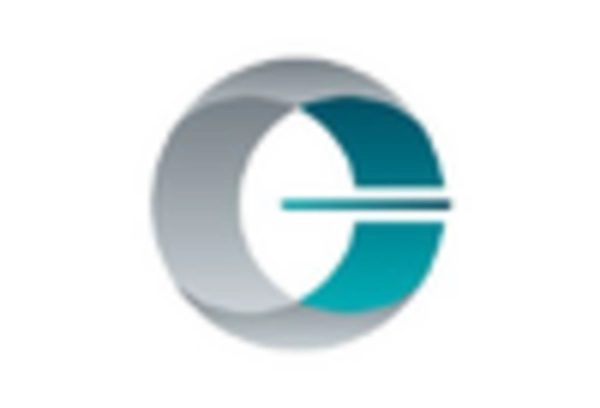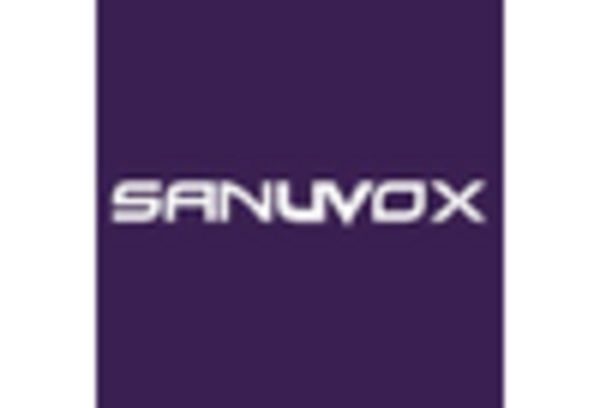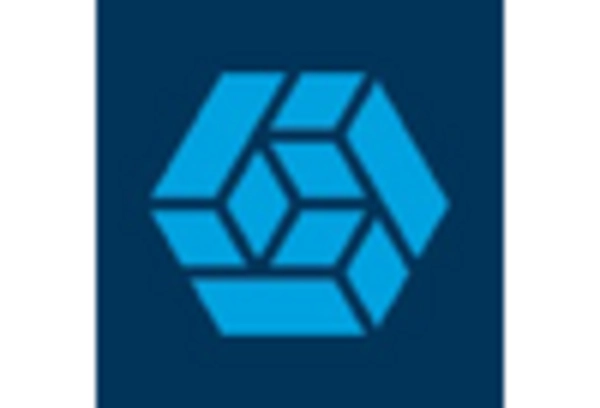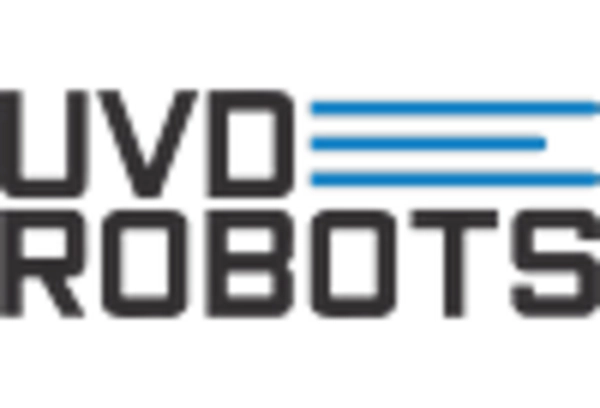The UV Infection Control Device Market is currently characterized by a dynamic competitive landscape, driven by increasing awareness of infection control and the need for effective disinfection solutions across various sectors. Key players such as Xenex Disinfection Services (US), Tru-D SmartUVC (US), and Signify (NL) are at the forefront, each adopting distinct strategies to enhance their market presence. For instance, Xenex Disinfection Services (US) focuses on innovation through its advanced pulsed xenon technology, which is designed to eliminate pathogens in a matter of minutes. Meanwhile, Tru-D SmartUVC (US) emphasizes partnerships with healthcare facilities to optimize their disinfection protocols, thereby enhancing operational efficiency and safety. Signify (NL), leveraging its expertise in lighting, is integrating UV-C technology into its existing product lines, indicating a strategic move towards a more comprehensive approach to infection control.
The business tactics employed by these companies reflect a concerted effort to localize manufacturing and optimize supply chains, which is particularly crucial in a market that is moderately fragmented. This fragmentation allows for a variety of players to coexist, yet the influence of major companies is palpable as they set benchmarks for quality and efficacy. The collective strategies of these key players not only shape the competitive environment but also drive innovation and customer trust in UV disinfection solutions.
In August 2025, UVD Robots (DK) announced a strategic partnership with a leading healthcare provider to deploy its autonomous UV-C disinfection robots across multiple hospital facilities. This move is significant as it underscores the growing trend of automation in infection control, potentially enhancing operational efficiency and reducing labor costs in healthcare settings. The partnership is likely to position UVD Robots as a leader in the integration of robotics and UV technology, appealing to a market increasingly focused on innovative solutions.
In September 2025, Germitec (FR) launched a new line of UV-C disinfection devices specifically designed for the food service industry. This strategic expansion into a new vertical not only diversifies Germitec's product offerings but also addresses the rising demand for effective disinfection in food safety. By targeting this sector, Germitec appears to be capitalizing on the broader trend of heightened hygiene standards across industries, potentially increasing its market share and brand recognition.
In October 2025, CleanSlate UV (US) unveiled a new digital platform that allows users to monitor and manage their UV disinfection processes in real-time. This innovation reflects a broader trend towards digitalization in the UV infection control market, where data analytics and user-friendly interfaces are becoming essential for operational transparency and efficiency. CleanSlate's initiative may enhance customer engagement and satisfaction, positioning the company favorably against competitors who have yet to adopt such technologies.
As of October 2025, the competitive trends in the UV Infection Control Device Market are increasingly defined by digitalization, sustainability, and the integration of artificial intelligence. Strategic alliances are becoming more prevalent, as companies recognize the value of collaboration in enhancing their technological capabilities and market reach. Looking ahead, it is anticipated that competitive differentiation will evolve, shifting from traditional price-based competition to a focus on innovation, technological advancement, and supply chain reliability. This evolution suggests that companies that prioritize these aspects will likely emerge as leaders in the market.


















Leave a Comment